Introduction
Bread, a staple in countless cuisines worldwide, holds a unique place in human gastronomy. Its versatility, simplicity, and ability to be transformed into endless variations make it a beloved food item across cultures. Yet, achieving the perfect loaf—one that is fluffy, moist, and bursting with flavor—can be a daunting task for even the most seasoned bakers. This guide aims to demystify the process and provide a comprehensive roadmap to crafting bread that not only meets but exceeds expectations in terms of texture and taste. By understanding the fundamental principles of bread-making, selecting the right ingredients, and mastering key techniques, you’ll be well on your way to baking bread that’s as satisfying to look at as it is to eat.
Understanding Bread’s Basic Components
Before diving into the specifics of how to make fluffy and delicious bread, it’s crucial to grasp the fundamental components that make up a loaf. Bread primarily consists of four essential ingredients: flour, water, yeast, and salt. Each ingredient plays a vital role in determining the final texture and flavor of your bread.
-
Flour: The foundation of bread, flour provides structure and texture. Different types of flour, such as all-purpose, bread flour, whole wheat, or rye, will yield varying results. Bread flour, with its higher protein content, is ideal for creating a strong gluten network that supports the loaf’s rise.
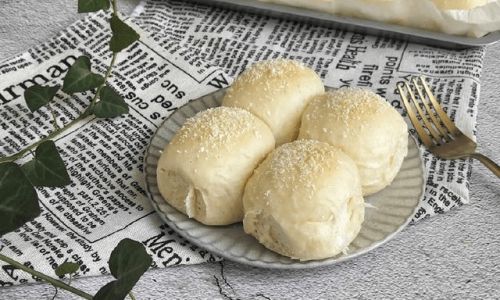
-
Water: Acts as a hydrating agent, enabling the yeast to ferment and the gluten to develop. The amount of water used can affect the dough’s consistency, with too little making it dry and tough, and too much making it sticky and hard to handle.
-
Yeast: The leavening agent responsible for bread’s rise. Active dry yeast or instant yeast are commonly used. Yeast ferments the sugars in the dough, producing carbon dioxide gas that expands the dough, creating a fluffy interior.
-
Salt: Enhances flavor, controls fermentation rate, and strengthens the gluten structure. A balance is key; too much salt can overpower the taste, while too little can result in a bland loaf.
Selecting Additional Ingredients for Flavor and Texture
While the basics are essential, incorporating additional ingredients can elevate your bread to new heights. Here are some options to consider:
-
Fat: Butter, olive oil, or other fats can add moisture, richness, and tenderize the crumb. They also slow down gluten development, making the dough easier to handle.
-
Milk or Dairy Products: Milk, yogurt, or buttermilk can add flavor and tenderize the crumb, thanks to their lactose content, which feeds the yeast.
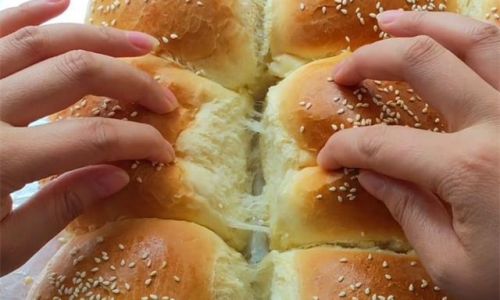
-
Eggs: Enhance richness and color, and improve the loaf’s structure.
-
Sugar or Honey: Provides food for the yeast, accelerating fermentation and adding a hint of sweetness.
-
Seeds, Nuts, and Dried Fruits: Add texture, nutrition, and flavor.
Mastering the Dough-Making Process
-
Mixing: Combine all ingredients in a bowl or stand mixer fitted with a dough hook. Mix until the ingredients are fully incorporated and the dough starts to come together. Avoid over-mixing at this stage to prevent gluten from becoming overly developed, which can make the bread tough.
-
Kneading: This step is crucial for developing gluten, which gives bread its structure. Knead by hand on a lightly floured surface or continue mixing with the dough hook until the dough is smooth, elastic, and slightly tacky but not sticky. The dough should pass the “windowpane test,” meaning you can stretch a small piece of it thin enough to see light through without tearing.
-
First Fermentation: Place the dough in a lightly oiled bowl, cover with a damp cloth or plastic wrap, and let it rise in a warm, draft-free place until it has doubled in size. This usually takes around 1-2 hours, depending on the room temperature and yeast activity.
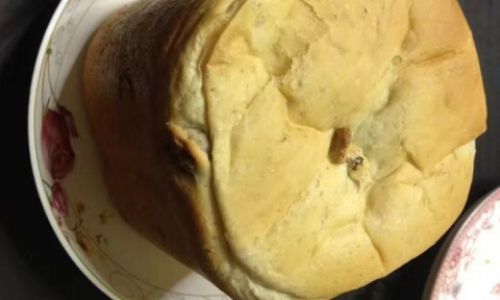
-
Shaping: Once the dough has risen, gently deflate it and shape it into your desired loaf form. Common shapes include loaves, rolls, and boules. Use a light touch to avoid tearing the gluten strands.
-
Second Fermentation: Place the shaped dough on a parchment-lined baking sheet or in a loaf pan, cover loosely, and let it rise again until it has increased in size by about half to three-quarters. This second rise allows the gluten to relax, further enhancing the bread’s texture.
Baking Techniques for Optimal Results
-
Preheating the Oven: Preheat your oven to the appropriate temperature, typically between 375°F (190°C) and 425°F (220°C), depending on your recipe. A hot oven ensures an immediate and even rise, creating a crisp crust and a fluffy interior.
-
Steam: Creating steam during the initial baking phase helps form a glossy, crackly crust. You can achieve this by placing a baking stone or an inverted baking sheet on the bottom rack and pouring a cup of hot water into a pan placed on the bottom of the oven just before inserting the bread. Alternatively, use a spray bottle to mist the oven walls.
-
Baking Time and Temperature: Bake until the bread is golden brown and sounds hollow when tapped on the bottom. An instant-read thermometer inserted into the center should register between 190°F (88°C) and 200°F (93°C). Baking time can vary depending on the loaf’s size and your oven’s efficiency.
-
Cooling: Once baked, transfer the bread to a wire rack to cool completely. This step is crucial; allowing the bread to cool ensures that the crumb sets properly, preventing it from collapsing or becoming gummy.
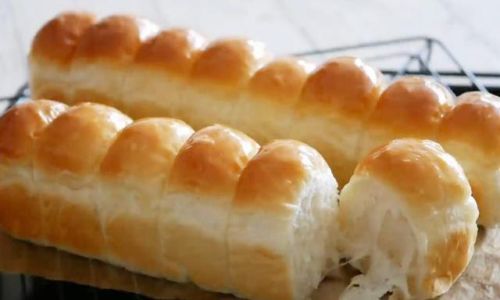
Troubleshooting Common Issues
-
Dense or Tough Bread: This can be caused by over-mixing, insufficient fermentation, or using the wrong type of flour. Ensure you knead until just combined, allow adequate time for fermentation, and use high-protein bread flour.
-
Gummy Crumb: Often due to under-baking or not allowing the bread to cool properly. Bake until the internal temperature reaches the desired level and let it cool completely on a wire rack.
-
Flat or Stalled Rise: Can be a sign of dead yeast, too much salt, or insufficient hydration. Check the expiration date on your yeast, use the correct salt ratio, and adjust the water content if necessary.
Conclusion
Crafting fluffy and delicious bread is an art that combines science, patience, and a bit of intuition. By understanding the roles of each ingredient, mastering the dough-making process, and paying attention to baking techniques, you can transform simple ingredients into a loaf that’s a joy to behold and a delight to eat. Remember, practice makes perfect, and every loaf you bake is a step closer to mastering the art of bread-making. So, roll up your sleeves, gather your ingredients, and embark on a journey that will not only fill your home with the comforting aroma of freshly baked bread but also satisfy your taste buds in the most delightful way possible. Happy baking!
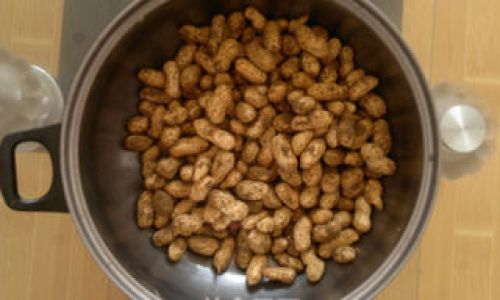
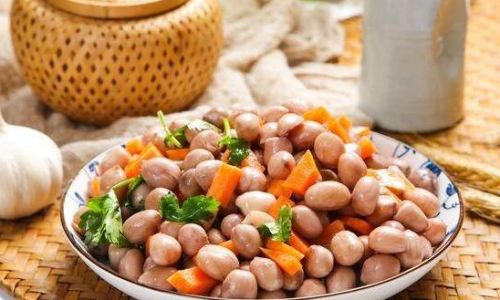
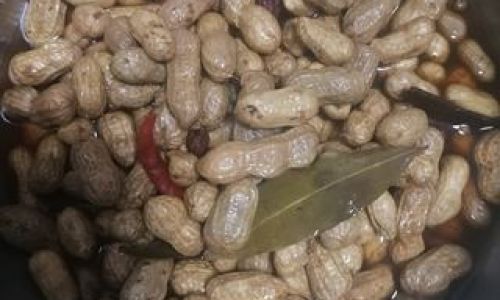
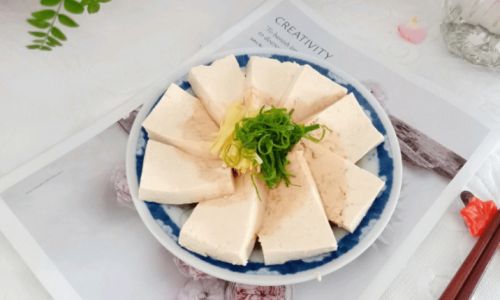
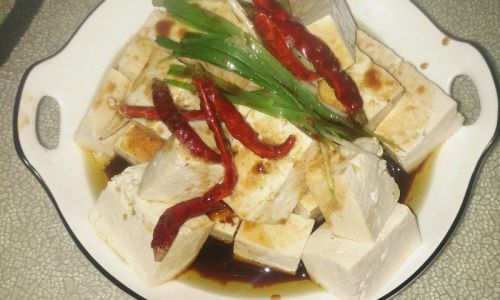
0 comments